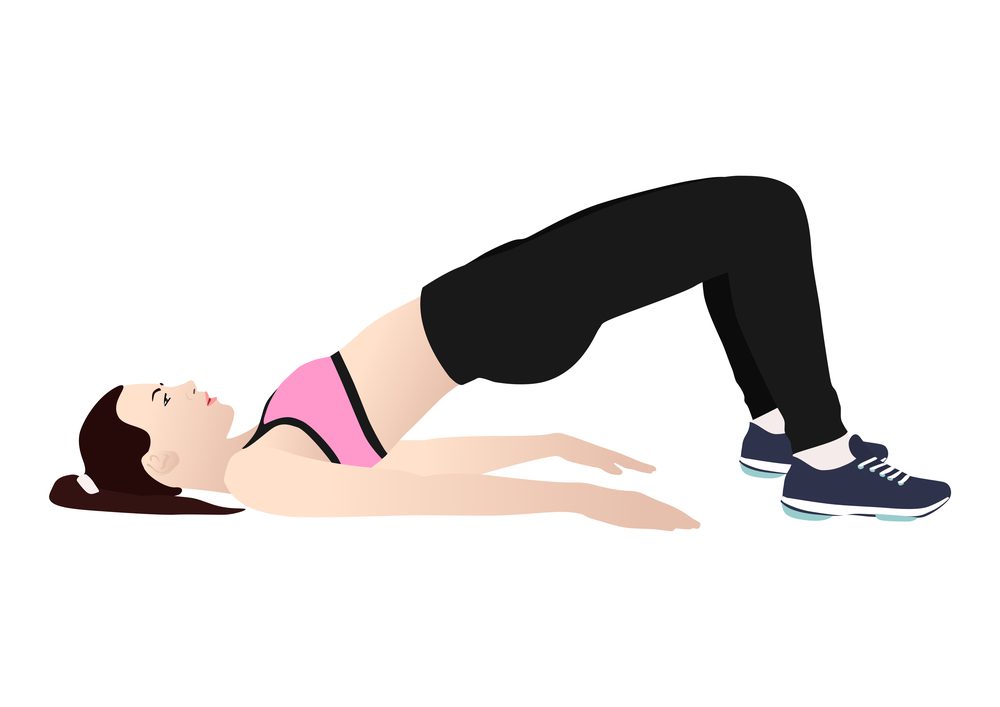Health

The Muscles of the Pelvic Floor
What do you mean lift my pelvic floor? This is what we hear from some of our clients, but patiently we get them to learn, use and appreciate their pelvic floor muscles. As Pilates instructors, we know how important the muscles of the pelvic floor are and why we emphasize them to our clients. As Pilates participants, we might not know, but we should understand the many functions these muscles participate in.
Our pelvic floor consists of several muscles, which support the bladder, uterus, rectum and prostate. The function of the pelvic floor that we most hear about is their help in controlling urine. Many women have been told to do Kegel exercises to help strengthen and control urine leakage. Common causes of the pelvic floor weakening include pregnancy, childbirth, obesity and even constant coughing, to name a few.
The muscles of the pelvic floor also function as part of our “core” muscles. The pelvic diaphragm, the floor of the pelvis, is the lower support of the abdominal cavity and assists in respiration as well as spine support. These muscles connect to the pubic bone in front and attach to the tailbone in back so they are extremely important for low back health. Contraction of the deep pelvic floor muscles will also help to fire the transversus abdominis, which is an extremely important stabilizer for the low back and spine.
Neutral pelvis, as emphasized in Pilates, is where you want to be to strengthen the pelvic floor muscles optimally and evenly. Neutral pelvis refers to the natural curves of your spine. To find neutral, your anterior superior iliac spines (ASIS) and your pubic symphysis are in the same horizontal plane. When lying on your back with your knees bent, the heel of your hands should feel your ASIS and your fingers should feel your pubic symphysis. Rock the pelvis slightly back in forth until you feel that they are in the same horizontal plane. Imagine trying to balance a cup of tea on your lower abdomen.
In order to feel the muscles of the pelvic floor, inhale and as you exhale try to lift and tighten the muscles that would normally stop the flow of urine. Try not to use your abdominals and don’t squeeze your buttocks, legs or hold your breath. Try to hold for 5-10 seconds. As you inhale, relax the muscles and lift them again on the exhale. Do 10 contractions, trying to hold each for 5-10 seconds, with a 4 second rest in between.
The activation of the pelvic floor muscles should not only be practiced in Pilates class. As with all Pilates principles, this awareness should become part of your daily life.





